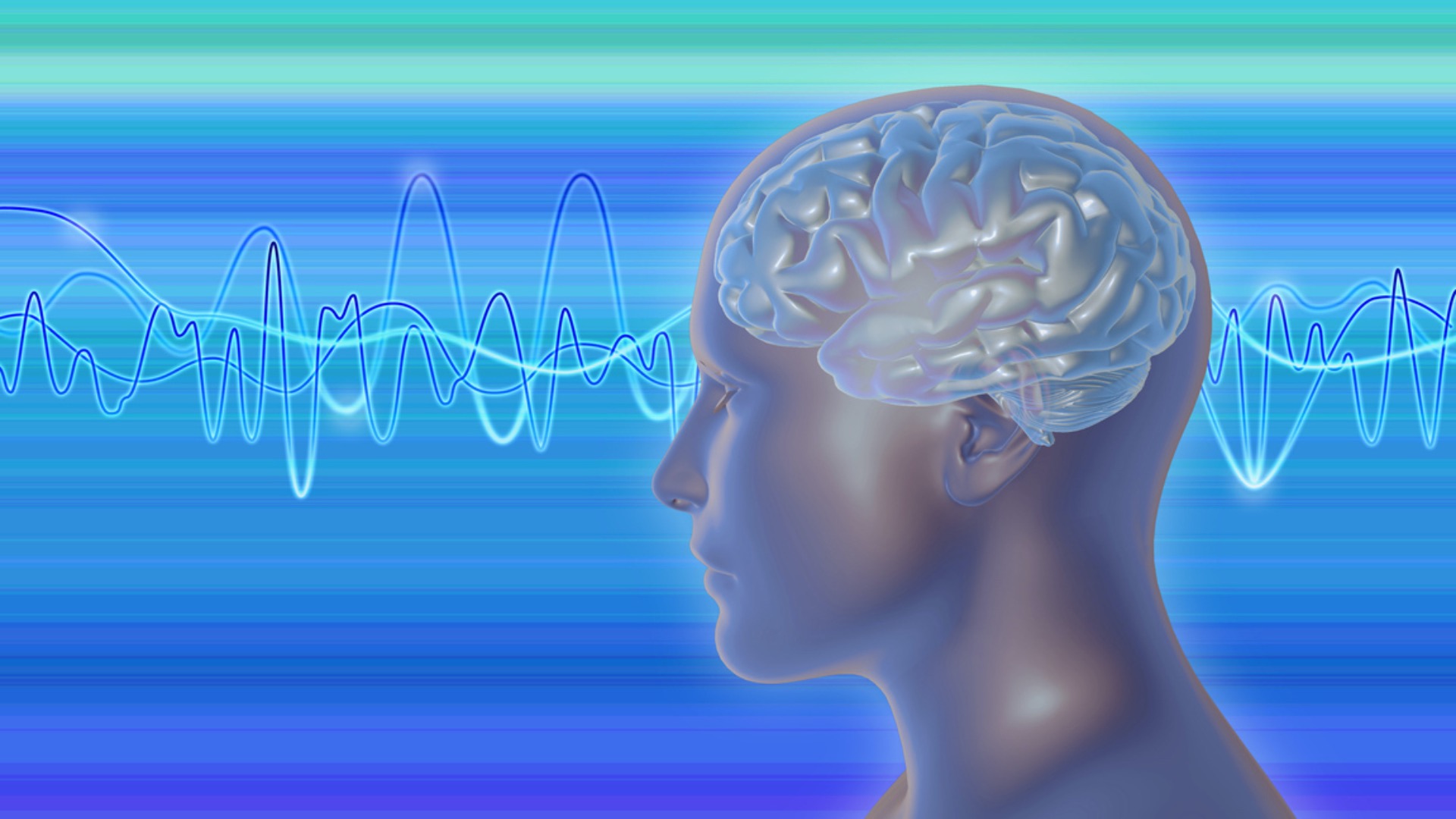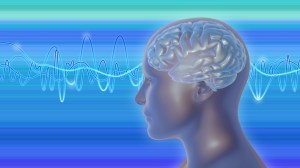Do your doctors and hospital have enough functioning brain cells to contact the appropriate stroke leadership to make sure further research gets done? Or don't you have a functioning stroke doctor or hospital? Then of course there is the major problem that there is NO LEADERSHIP IN STROKE!
This wouldn't work for me, dead brain won't respond.
Study: Non-invasive brain surgery via sound waves stimulates brain parts
Because brains are intricate and surgery is risky, scientists are seeking non-invasive methods like LILFUS – which use sound waves for brain issues.


Our brain is a sensitive organ. It's packed with billions of neurons and intricate connections, making any intervention highly risky.
Damaging even a small area can have significant consequences for function. Traditionally, surgery has been the only option for treating certain brain conditions.
However, it comes with the inherent risks mentioned above. Scientists have been looking for new and non-invasive methods to improve brain function without breaking the skin, spilling blood or other risky methods.
New research has found that surgeons can operate using sound waves to stimulate specific parts of the brain. Called Patterned Low-Intensity Low-Frequency Ultrasound or LILFUS, the new method offers promise for providing alternative treatment options with potentially fewer risks.
Use in stroke recovery, motor issues, depression treatment
Older ways of stimulating the brain with electricity or magnets aren't very precise. They can't reach specific areas deep inside the brain well.
More invasive methods, like surgery, can be better, but they carry risks like infections or damage to the brain. But, LILFUS, which uses sound waves, can dive deep into the brain areas. It seems to work by affecting special channels in brain cells, which helps the brain learn and change.
The scientists were able to use this method to improve motor skills in mice. When LILFUS was applied to the cerebral motor cortex in mice, it enhanced motor skill learning and food retrieval and even changed limb preference.
This suggests potential applications in stroke rehabilitation and motor impairments, as well as for treating conditions like depression.
Dr PARK Joo Min of the Center for Cognition and Sociality within the Institute for Basic Science (IBS), who led this research stated:
"This study has not only developed a new and safe neural regulation technology with long-lasting effects but has also uncovered the molecular mechanism changes involved in brainwave-patterned ultrasound neural regulation."
Surgery using sound waves
LILFUS can not only stimulate but also calm down specific brain areas, including mimicking brainwave patterns observed during learning and memory processes.
This feature of activating or deactivating brain regions as desired opens up many possibilities, like helping people learn new skills or even recover from brain injuries.
For example, if someone has difficulty moving their arm after a stroke, LILFUS could potentially help them re-learn how to use their arm by stimulating the relevant brain regions.
It's still early days, but LILFUS, the researchers hope, can transform the treatment landscape for brain disorders. Researchers are eagerly exploring its potential, and the future looks bright for this innovative approach to brain stimulation.
"We plan to continue follow-up studies to apply this technology for the treatment of brain disorders related to abnormal brain excitation and inhibition and for the enhancement of cognitive functions."
The new study has been published in the journal Science Advances.
No comments:
Post a Comment